The manufacturing of our socks is based on three essential parameters: QUALITY, COMFORT and DURABILITY. Meeting these three premises we obtain unique and unmatched socks.
In order to ensure quality, we need to supply ourselves with the noblest raw materials that exist on the market, which are these three: mercerized Egyptian cotton «Scottish Yarn», Soybean yarn and Extra fine Merino wool.
Scottish yarn
Cotton is extracted from the seed of the plant and the most cherished is the “GOSSYPIUM BARBADENSE.” Since time immemorial this seed is cultivated in a small region in northern Peru. The quality of the cotton cultivated in this territory is exceptional and adopts the “PIMA” denomination. It was in 1867 that the French Jumel, seeing the extraordinary quality of this cotton, took some seeds to the fertile soil of Egypt, adopting the “Jumel cotton” denomination, nowadays also called “GIZA.”
The excellent climatology of Egypt along with the fertility of its soil will make this seed the world’s best cotton. It’s characterized by its extra-long fibers and for being very thin, soft, silky and resistant.
Once in spinning, the brushing, singeing and mercerizing operations will be performed, which only the best long and extra-long fibers can tolerate. After these processes we will be able to talk about “Mercerized Scottish yarn”, which will give the socks great resistance. Besides, since it’s a mercerized yarn, its colors will be very intense and solid, and will fully absorb foot moisture.
Soybean yarn
Our line of socks made of soybean yarn is unmatched. It’s the only yarn obtained from vegetable protein. It’s 100% biodegradable, 100% recyclable and 100% ecological, as its material is completely organic and does not harm the environment.
Being a hollow fiber, our socks made of soybean yarn quickly absorb the body moisture of the foot, which provides an ultra-fast drying so the person’s feet are always dry and hydrated. Also, on top of that, these socks have thermoregulatory properties due to their moisture transmission rate.
Extra fine Merino wool
Ours socks made of “Merino wool” are of extraordinary quality. They are made of wool fibers from the best merino sheep from Australia and New Zealand.
The main feature of this Merino wool is the fineness of its fibers, which is measured in microns. The thinner they are, the shorter they will be and consequently more flexible, elastic and softer. Many people are allergic to the conventional wool due to the thickness and length of its fibers, producing, in many cases, itching and skin irritation. This is not the case of the Merino Wool, since it does not produce any kind of discomfort on contact with the foot, but it will feel wrapped in great comfort instead.
These socks have a very silky touch that provides great delicacy to the skin.
Besides, the wool has a great power of moisture absorption, it’s capable of retaining 50% of its own weight of water.
These socks are breathable and thermoregulable. In cold weather, their capsules catch the body heat keeping the foot always warm. And on hot days, the moisture retained in such capsules act by transporting it to the body, keeping it fresh and dry. In addition to that, they lack and repel static electricity.
Elastane Lycra
All of our socks are completely elastic, and for that they contain a small amount of elastane in their composition. There are many brands on the market, but the pioneer is still the brand “Lycra”, which is capable of extending 600 times its initial value and quickly recovering its shape.
Everything ready to start the manufacturing of the sock
Once we have the raw materials that will mark each one of our three lines of socks, we can already enter the weaving room.
The machines that weave these socks are circular knitting machines of small diameter. Due to the fineness of ours socks, these machines have very thin gauges, which are characterized by the large number of needles they have, 216 specifically.
The sock is manufactured step by step in these machines, from the toe, going through the heel and up to the sock cuff. It’s the machine itself that does the overlock stitching, point by point.
All the materials that intervene are raw, that is to say, when the socks are woven, they don’t have any color, only the color from the raw material.
Once the sock is manufactured, the next step is a manual overhaul to be able to detect any material, weaving or overlocking incidence.
Steaming will be the next operation. This will compress the passes of the sock giving it its real size, which will be fixed through a heat setting operation with heat and steam.
Now it’s time to give color to the sock. The dyeing is performed with the best natural products that do not harm the environment or people. Solid and fashionable colors will give identity to our socks.
The next step is a second overhaul, also manually, so that the sock doesn’t have any defect and can now be ready for the final ironing.
Matching the socks, putting the easel, folding them and putting each one in its box is the finishing touch so that the sock is completely manufactured and can enter our warehouse of finished products, being already available for our customers.
What is end-to-end overlock?
End-to-end overlock is a closing seam of the sock’s toe. It’s something that experts in socks value a lot. However, there are many people who ignore this excellence that only quality socks incorporate. I would like to explain what this type of overlock is about.
When socks go out from the weaving machine, they present two holes, one is the sock cuff hole and the other one is the toe hole. The first one is the one that will allow us to introduce the sock on our foot and go up our leg to the corresponding height (depending on whether the sock is long or short); plus the second hole (the one corresponding to the toe) which we will have to close through a type of sewing. There are two ways to close this aperture, one is with a seam that will sew the two parts together without further ado, which will create a thick and uncomfortable seam for the vast majority of people, and the second one is through what is called END-TO-END OVERLOCK.
This type of overlocking is the most valued, as no seams are visible and it looks like a perfect continuation of the sock. This type of seam avoids any type of abrasion against the foot, which provides it with great comfort.
The end-to-end overlock consists in joining each point of the upper aperture with each point of the lower aperture and they must correspond to each other on the same line, because otherwise, each point that doesn’t coincide will be the origin of a turn in the fabric.
Not too long ago, this operation was performed manually by a machine called “remallosa.” The operator that worked with this type of machine was called overlocker and they were in charge of joining these two points, the one above with the one below, in an outer ring filled with needles. The thinner the sock, the thinner the needles of this ring too. It was a very delicate and highly expensive operation, and it required great skill on the part of the operator and a perfect eyesight, which most of the time and over the years caused a significant vision loss.
Thanks to the current technology, the machines that weave the sock have an annex incorporated into the machine that performs this end-to-end overlock operation. It’s exactly the same as described above, except it’s no longer a person who does this work, but the weaving machine itself.
For several years now we opted for this new system of end-to-end overlocking and our weaving machines were replaced by new generation ones.
Reinforcements for socks
The sock is one of the garments we wear that suffers the most wear due to its constant rubbing against the shoe.
Apart from weaving the sock with yarns that offer great resistance to abrasion and friction, we have to know how to add protections to the most delicate areas and with the most continuous rubbing. The weakest points of the sock in this regard are the sole of the foot, especially the toe and heel area, and also the area where the shoe ends at the heel itself.
The whole toe area, at the top of the foot, is also delicate, since that’s where the toes and nails that will permanently rub against the sock are located.
In the three lines we work our socks, these are manufactured in such a way that they ensure that each of these three noble raw materials are in direct contact with the skin of the foot and leg. These fibers don’t have enough resistance to withstand the friction of the shoe in the areas of greatest abrasion, that’s why the socks are given reinforcements on the external part (the part in contact with the shoe) with yarns made of polyamide, as this material offers great resistance to abrasion.
In the areas of greater abrasion, they have a greater amount of protection while in the intermediate areas, where there is less abrasion, they have a smaller amount and, in the places where there is no rubbing against the shoe, they don’t have any special protection.


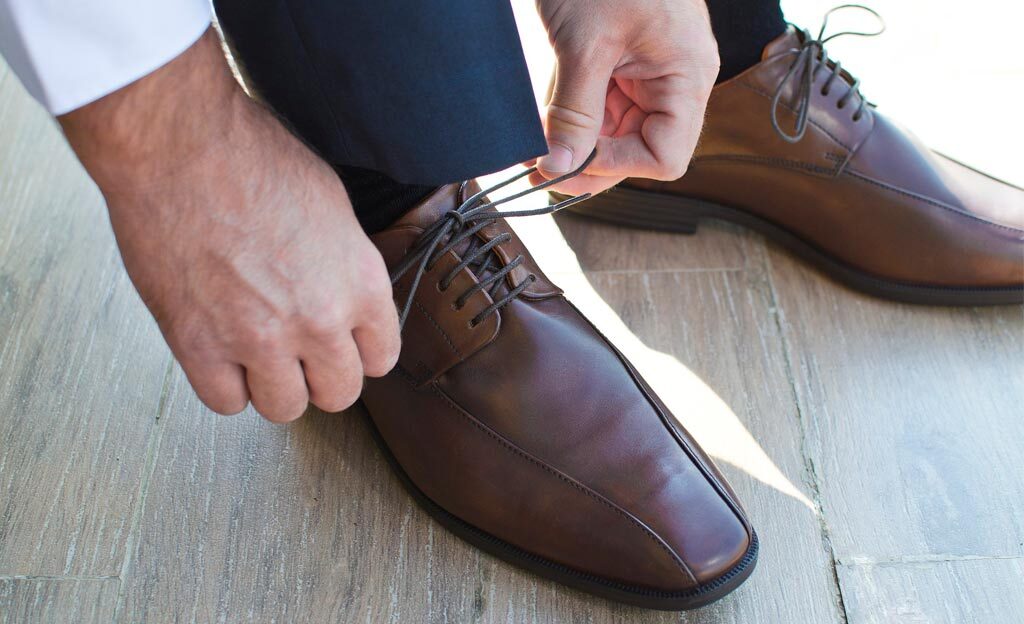


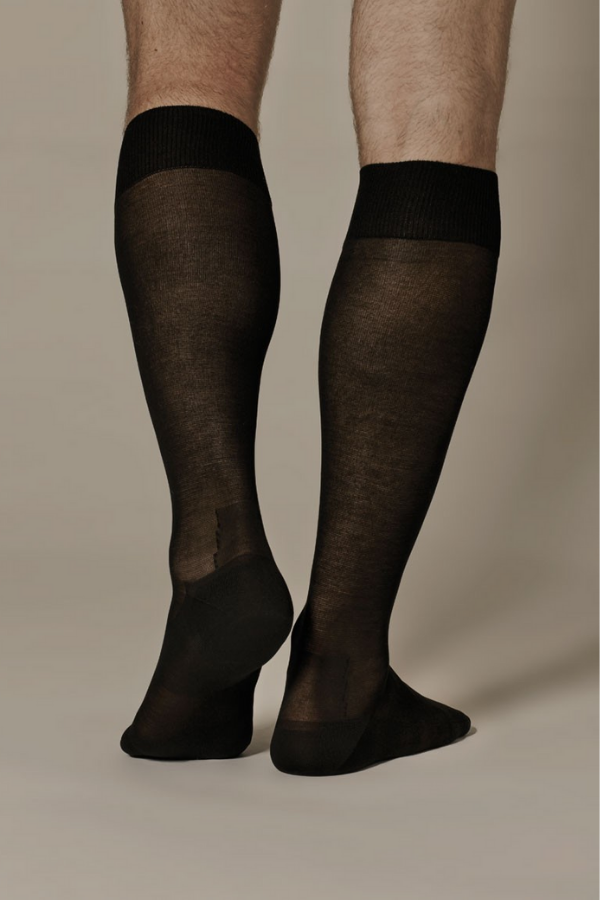

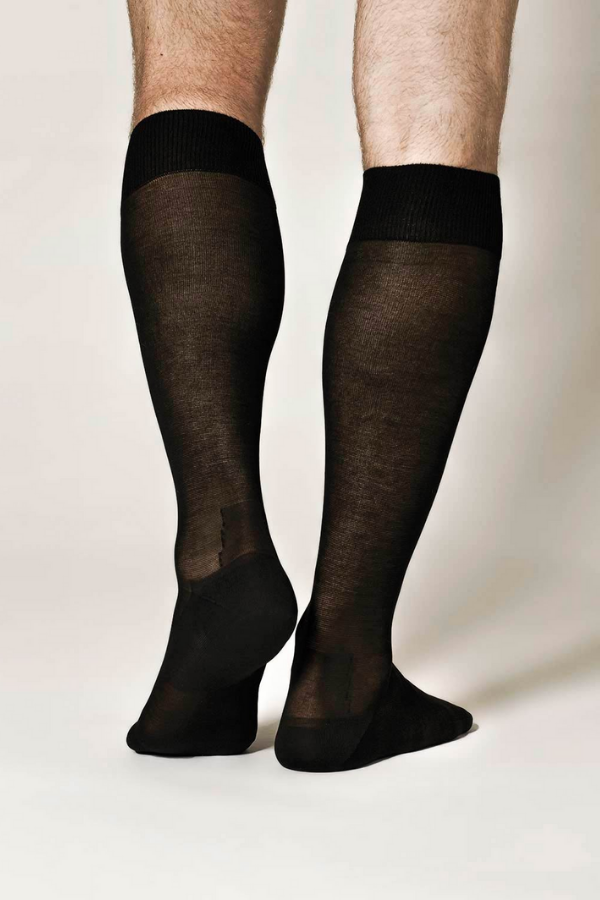



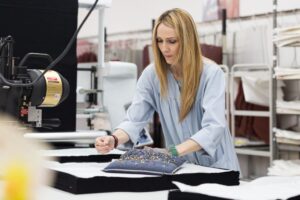

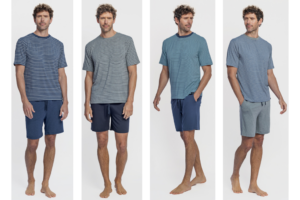
Reader Interactions